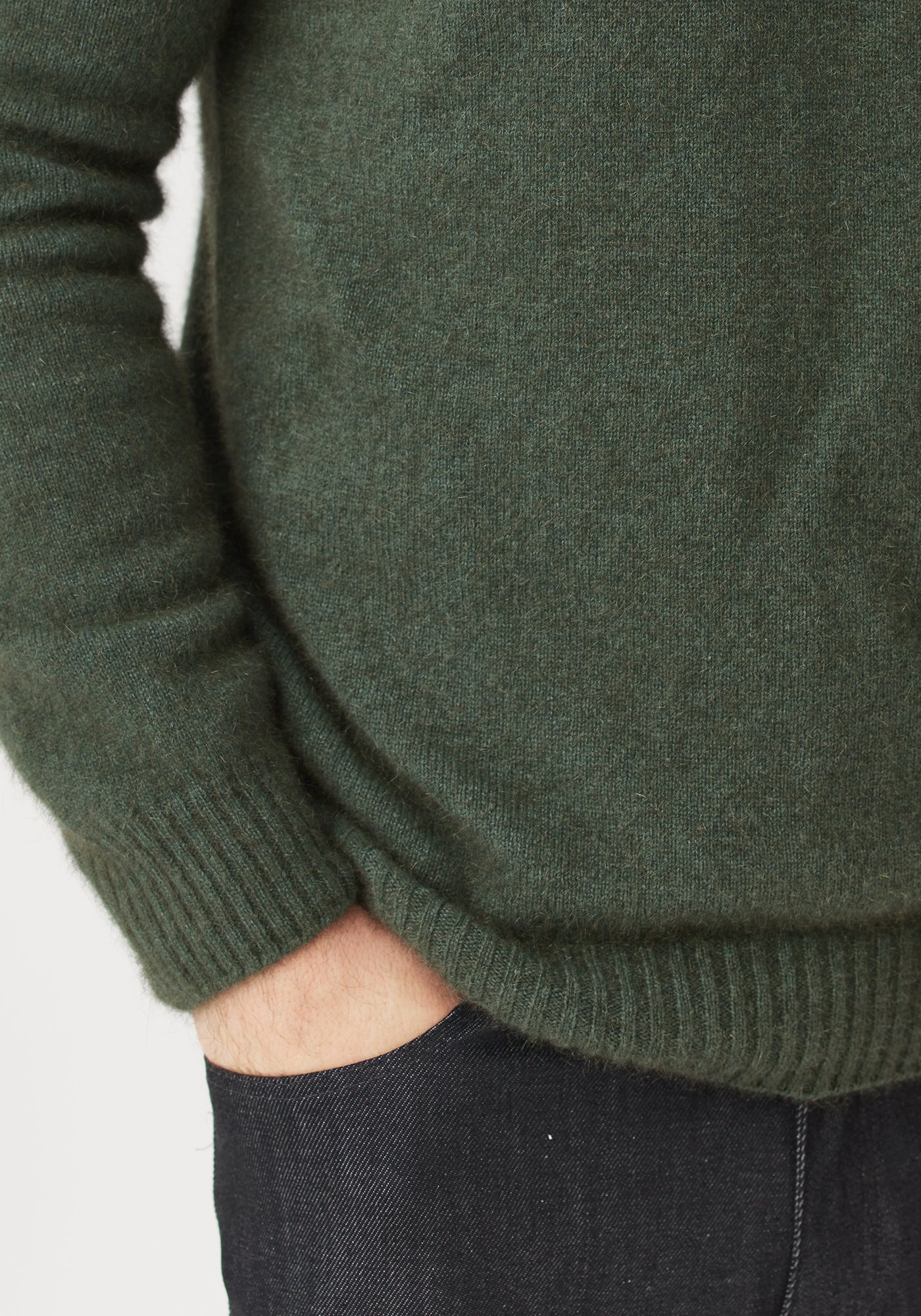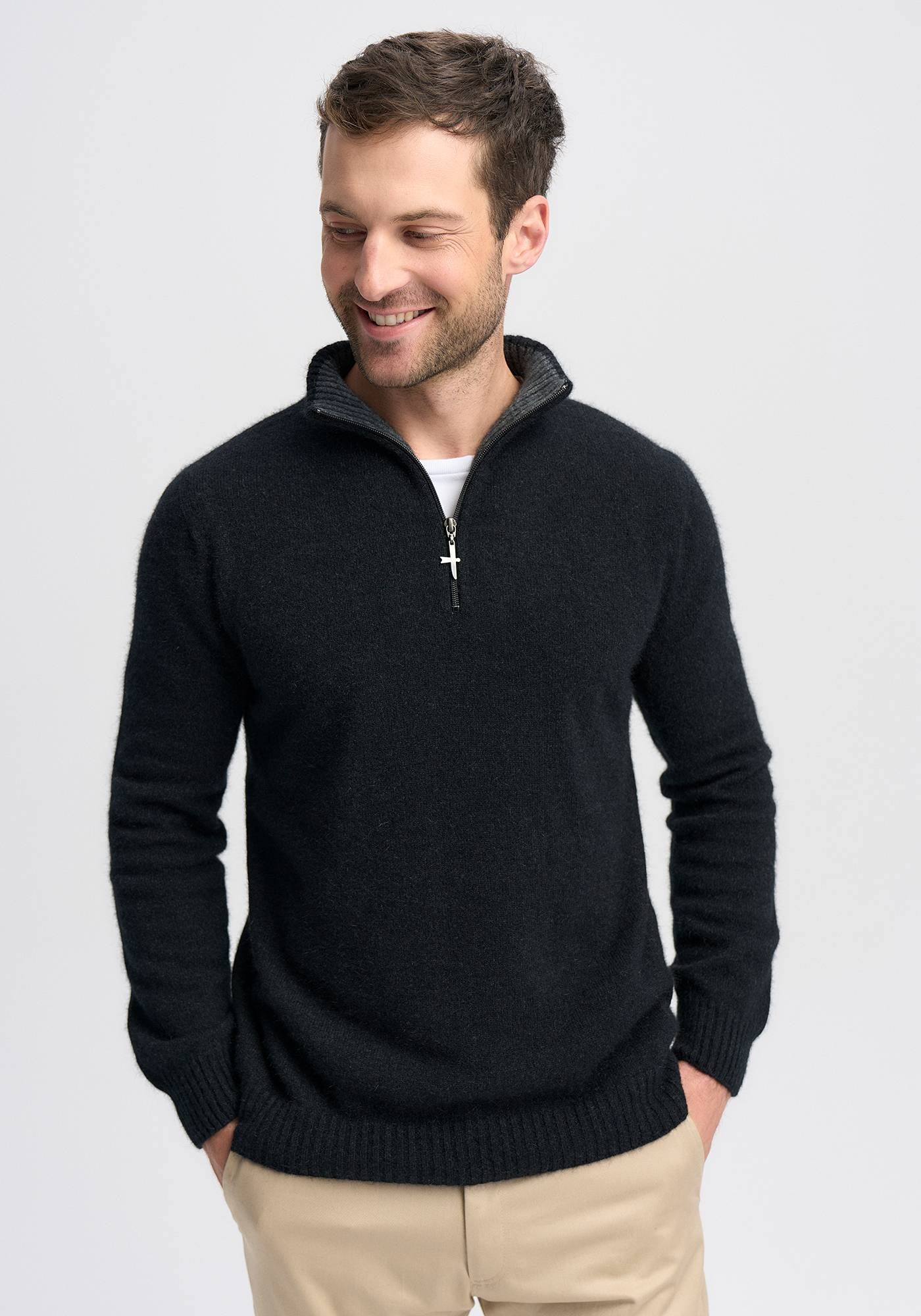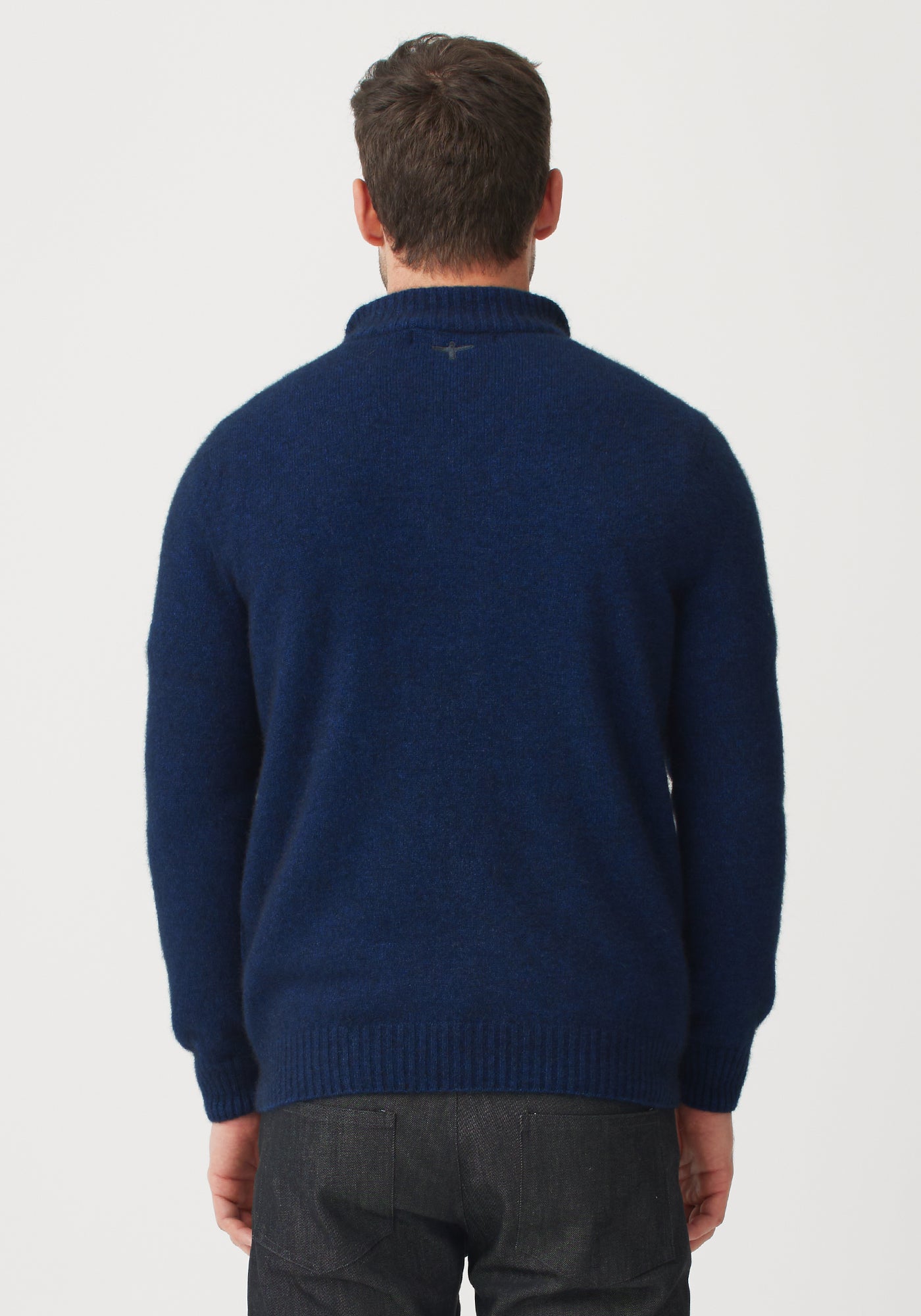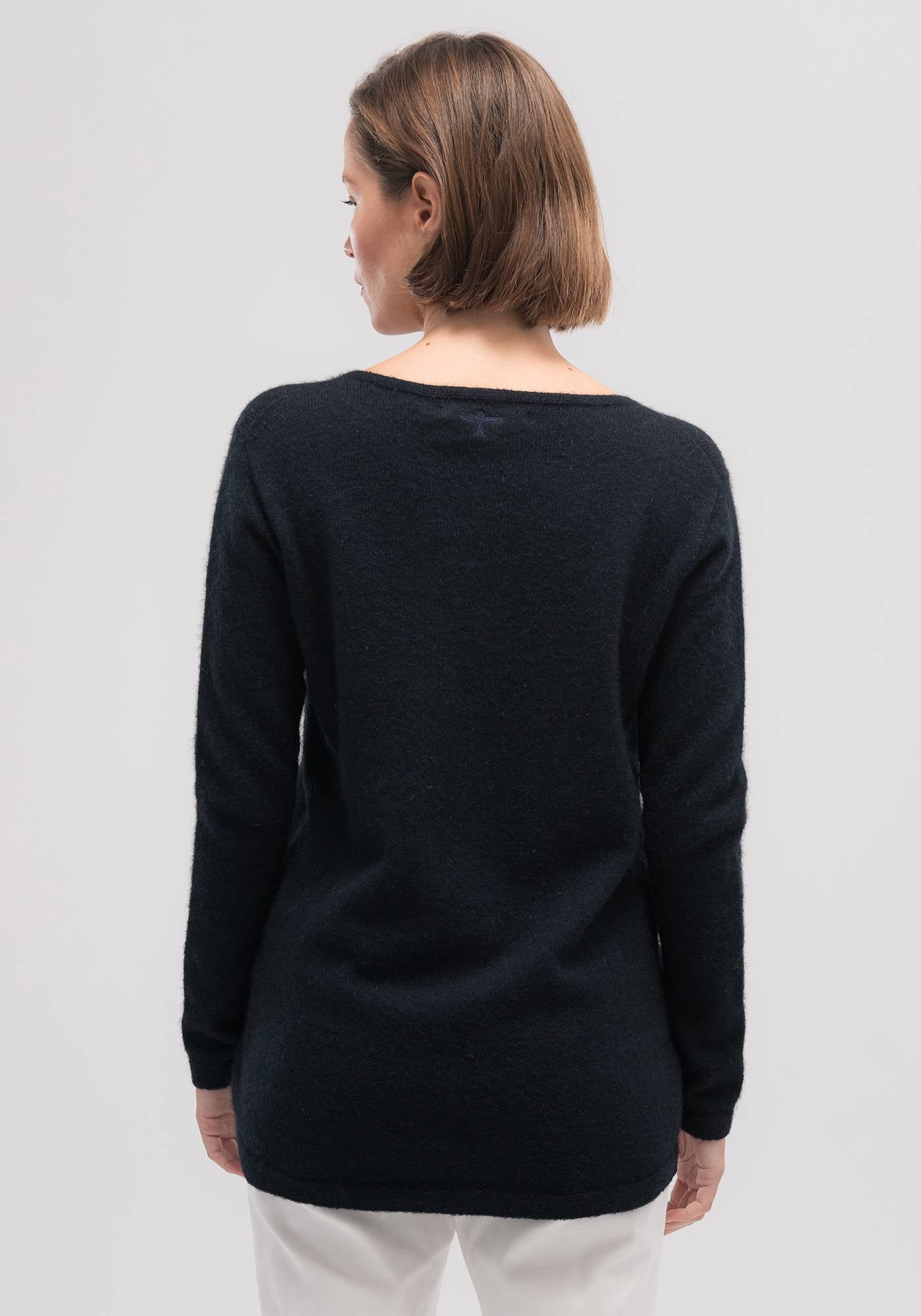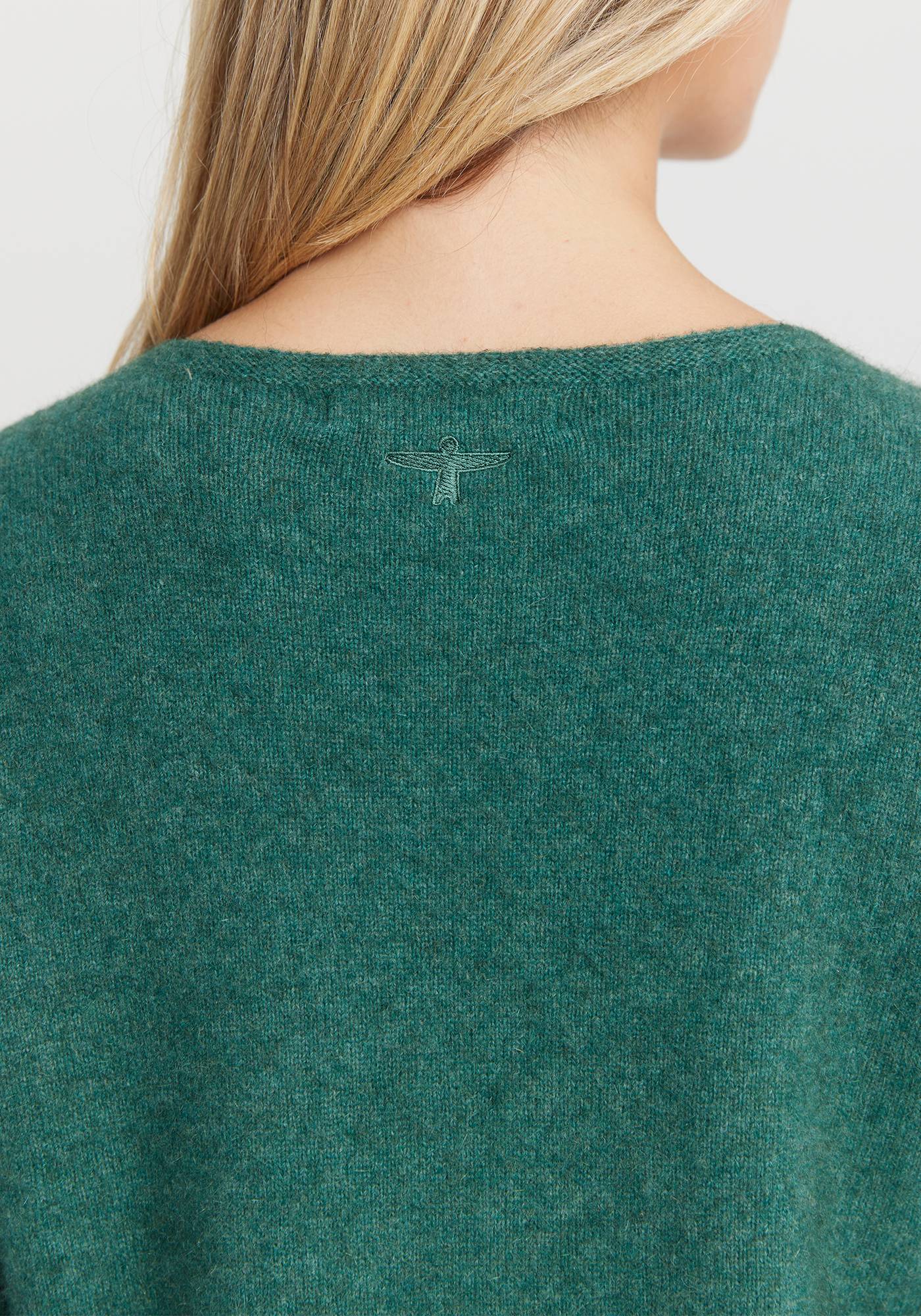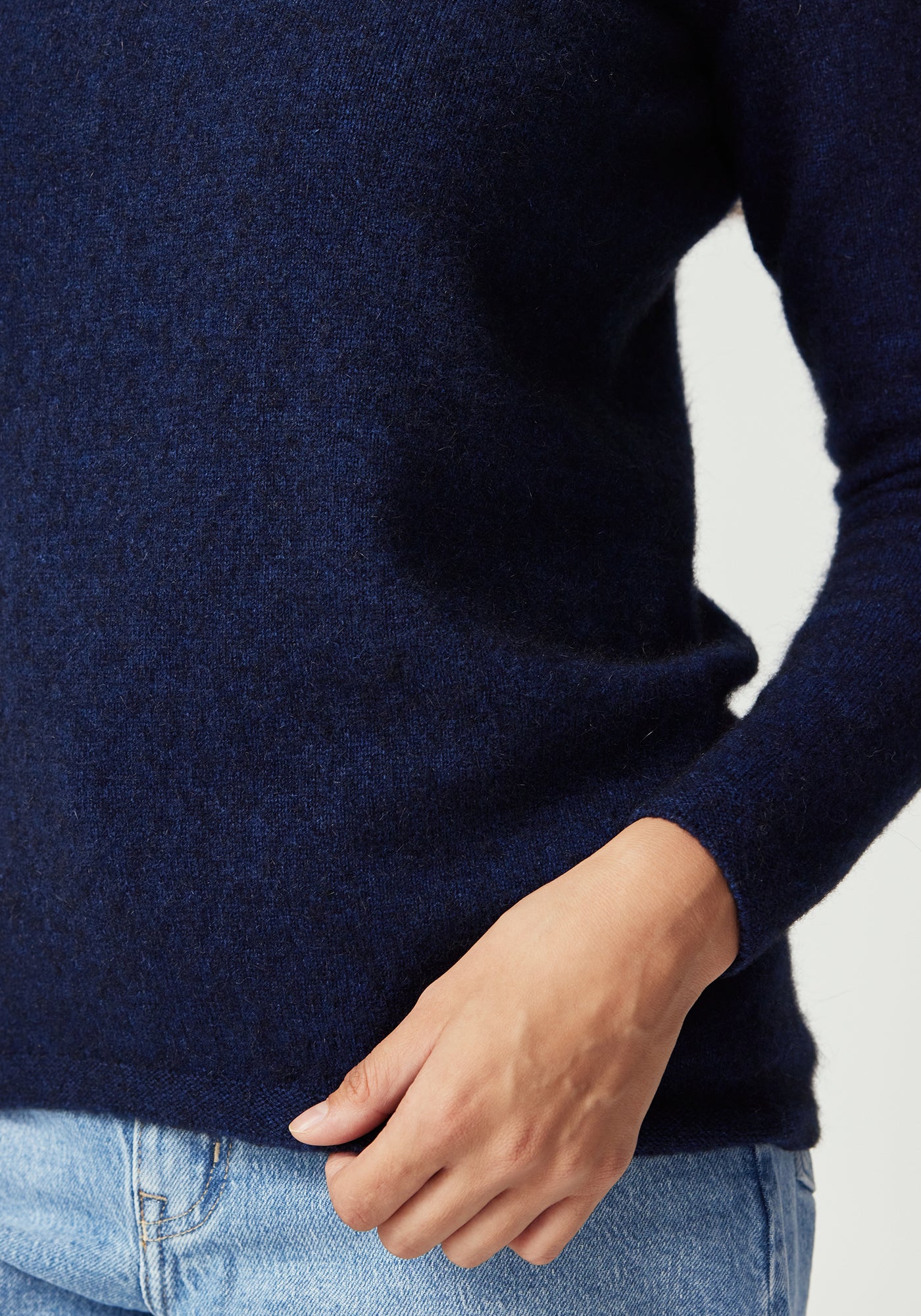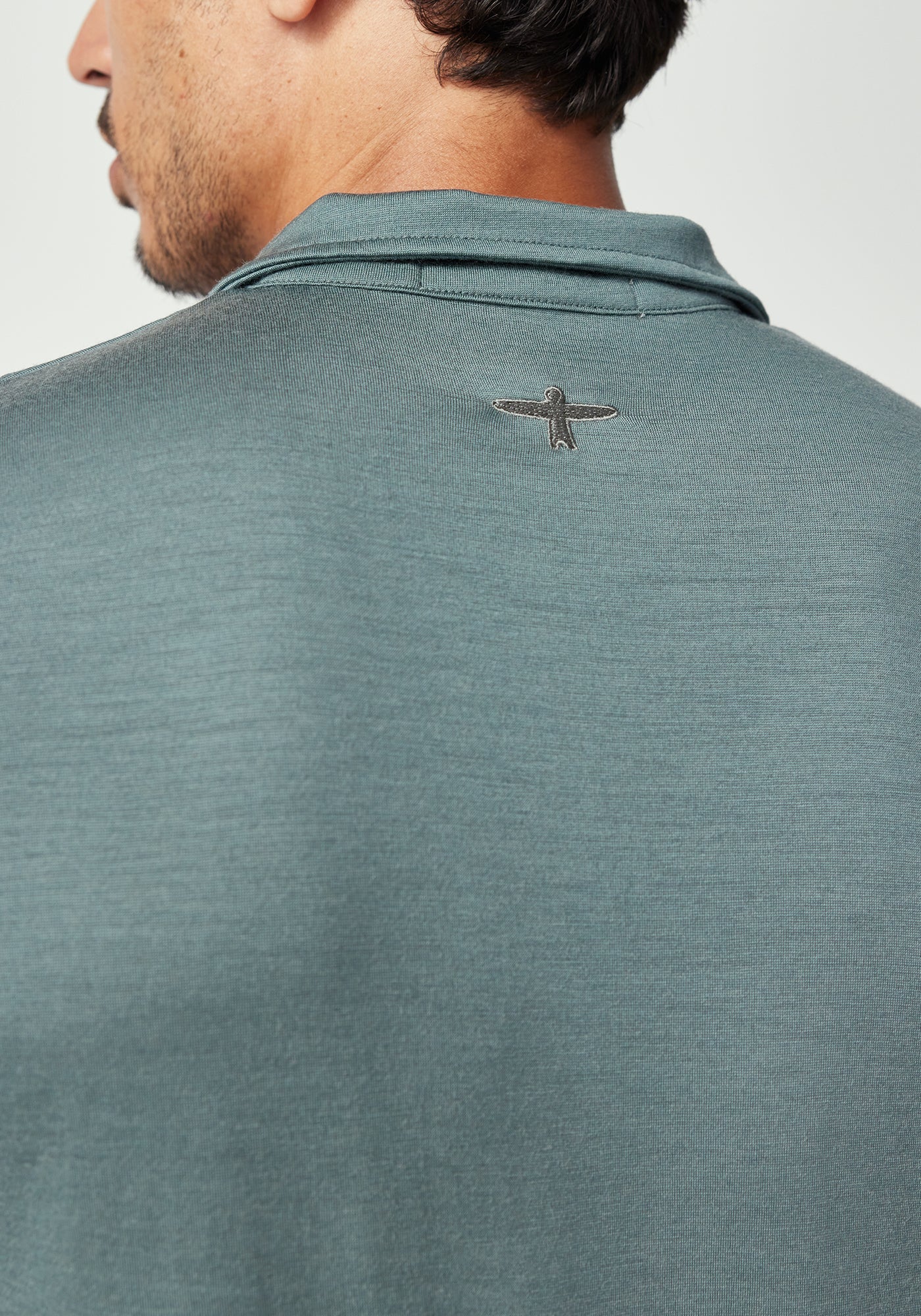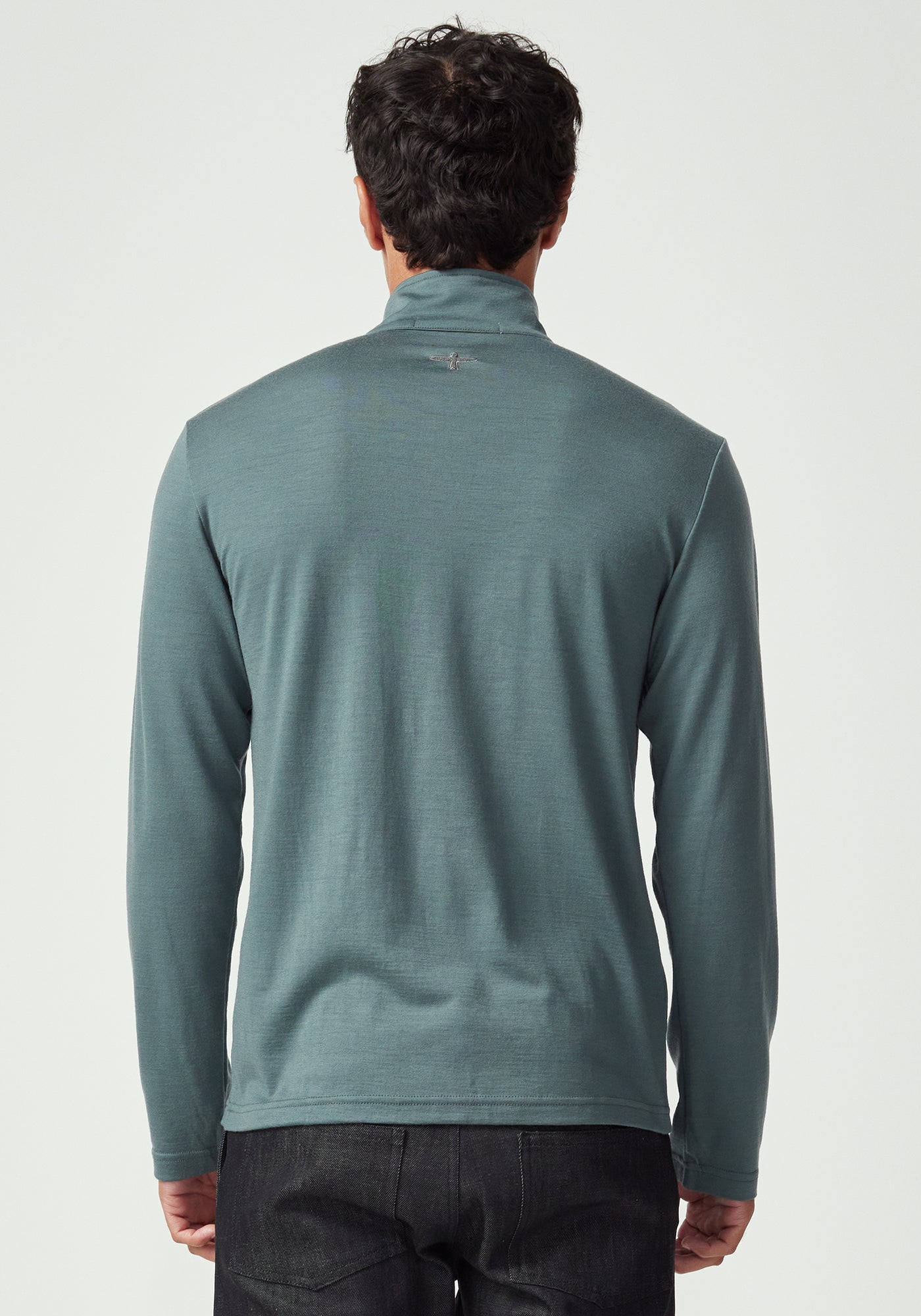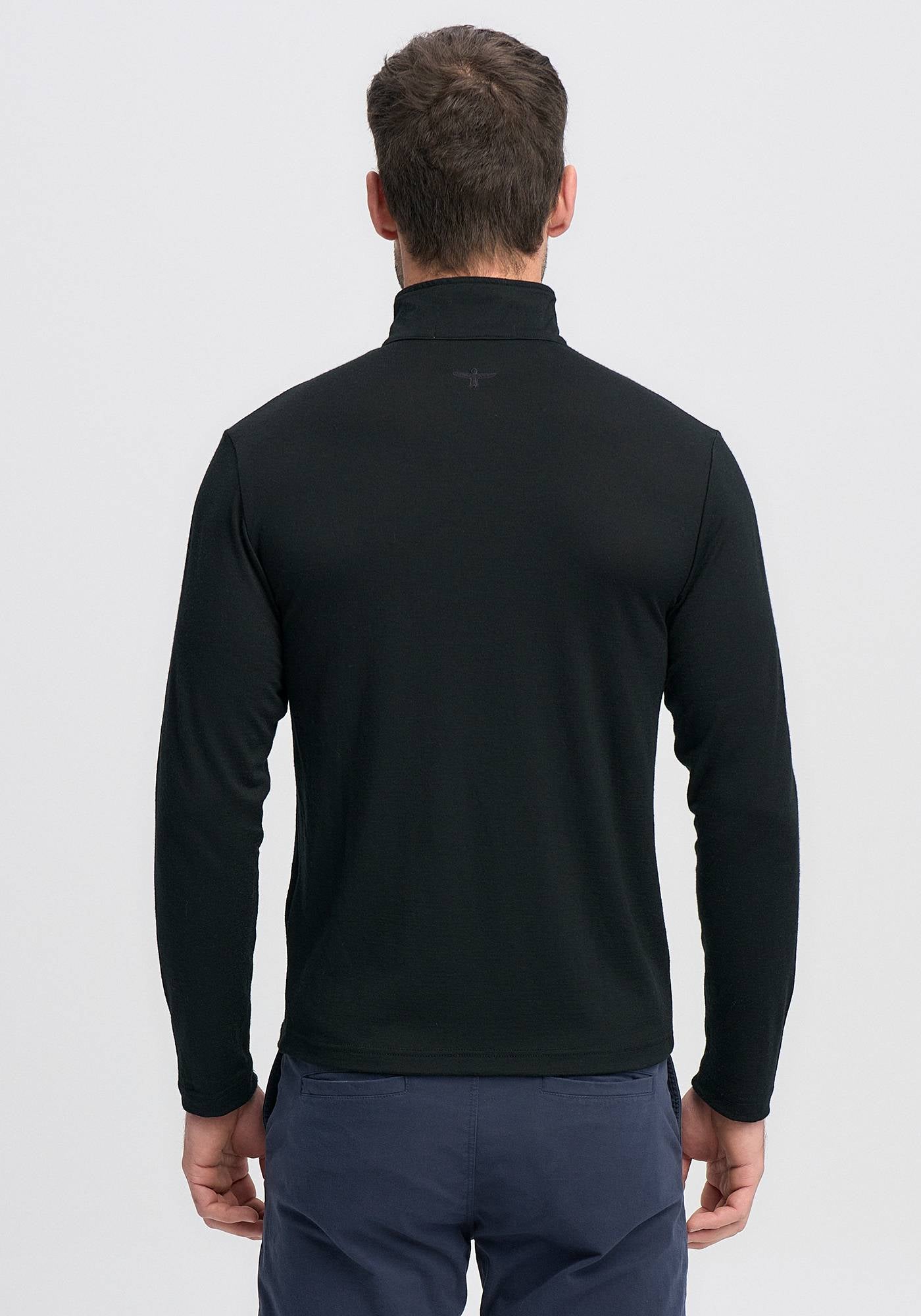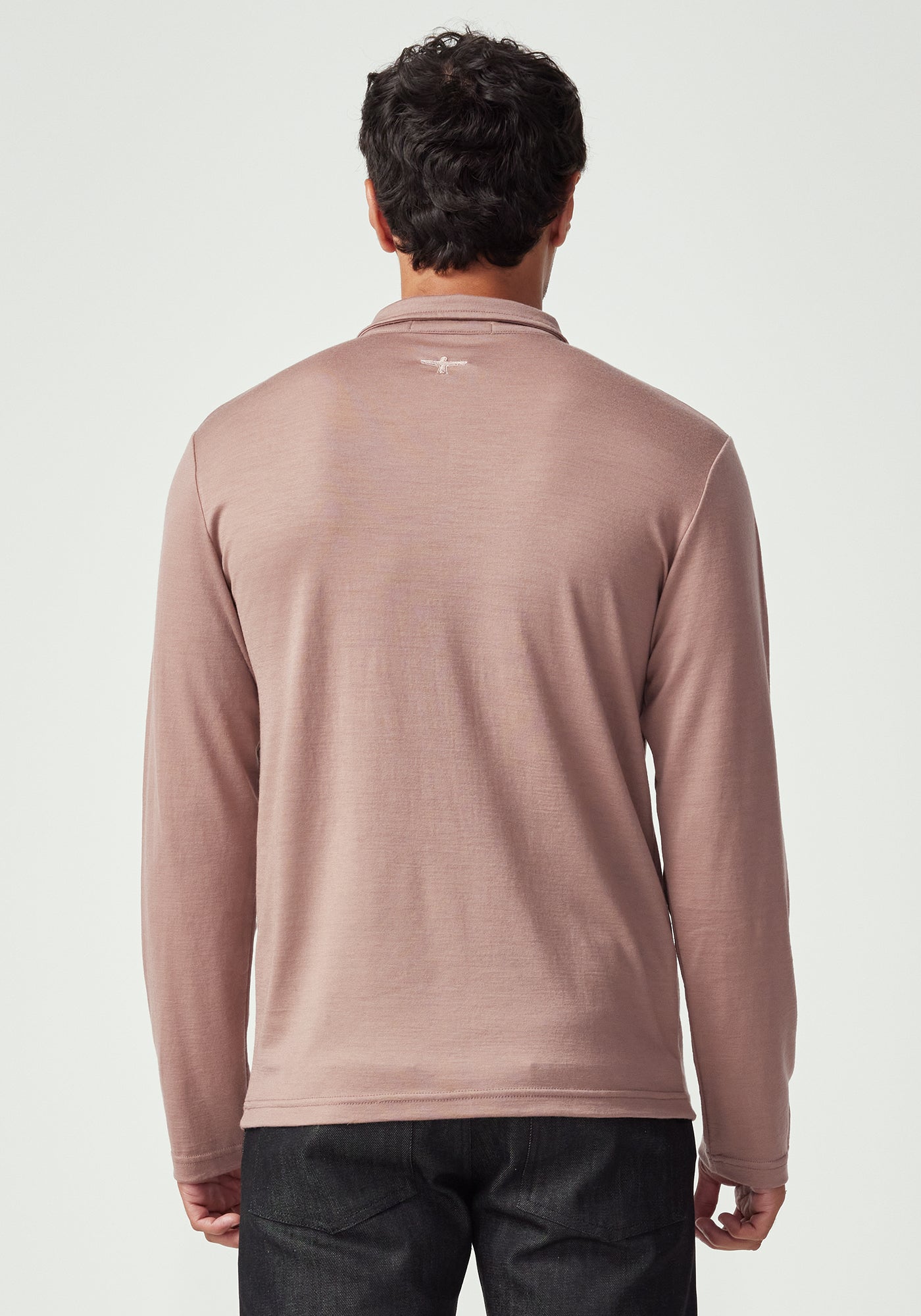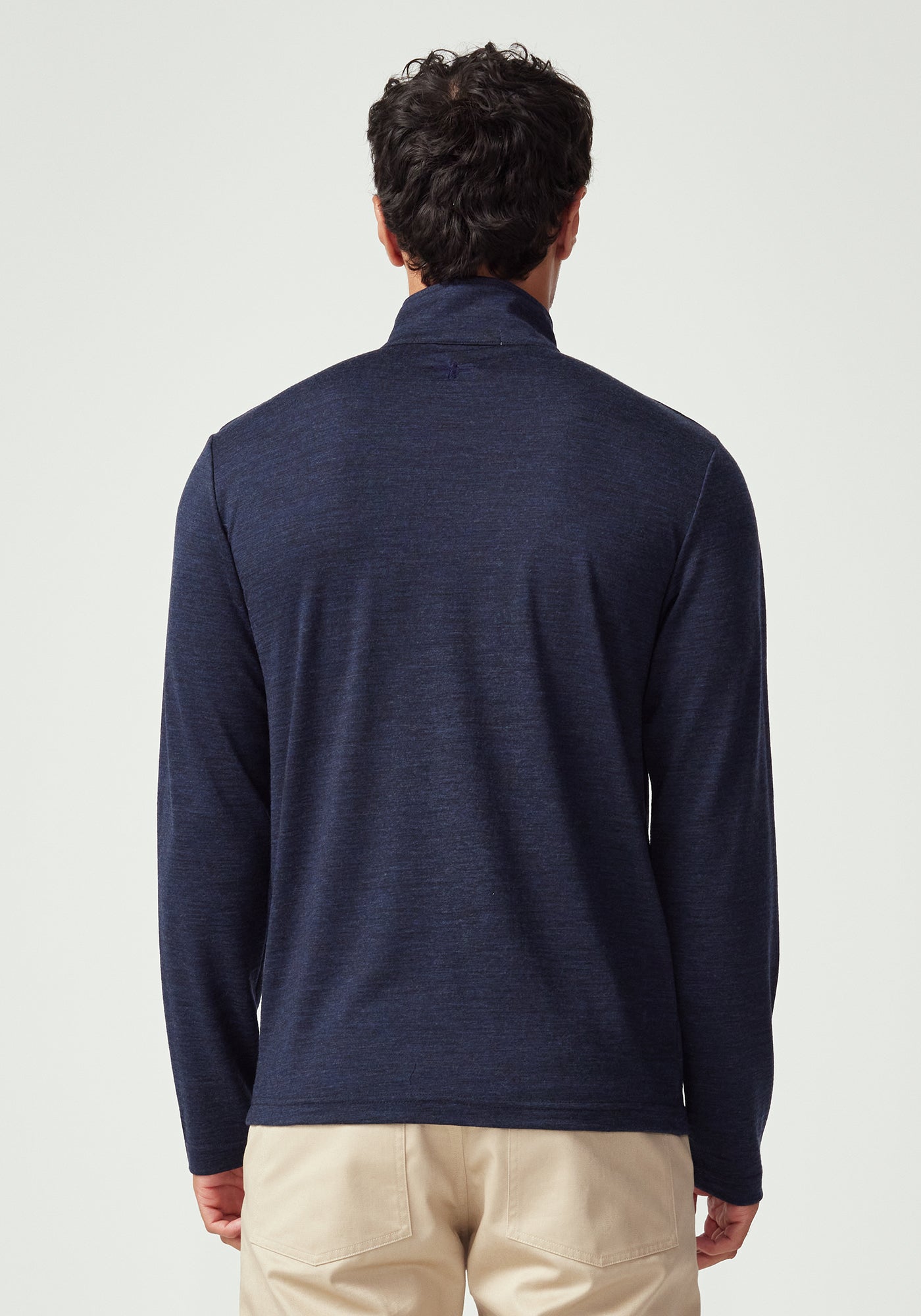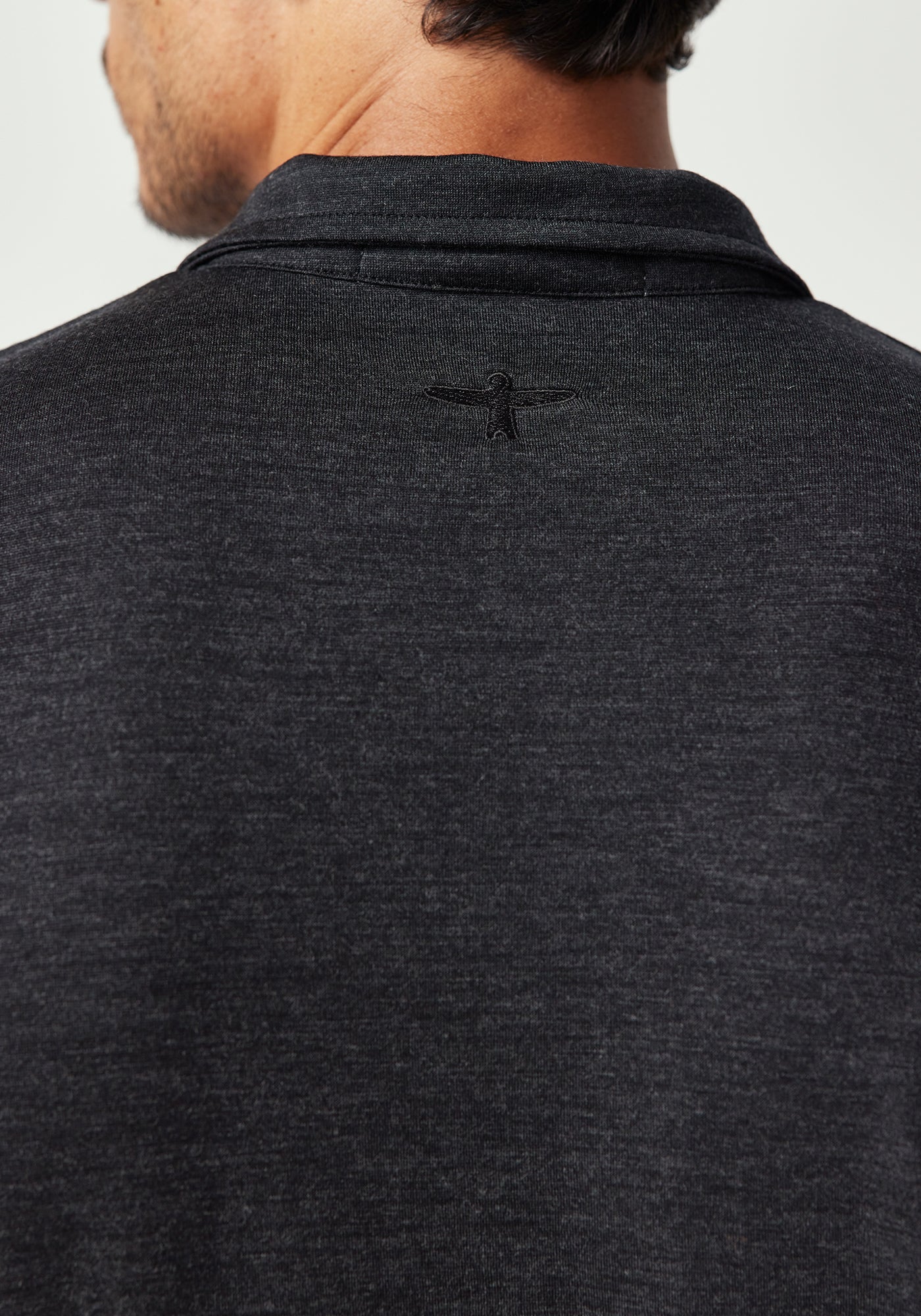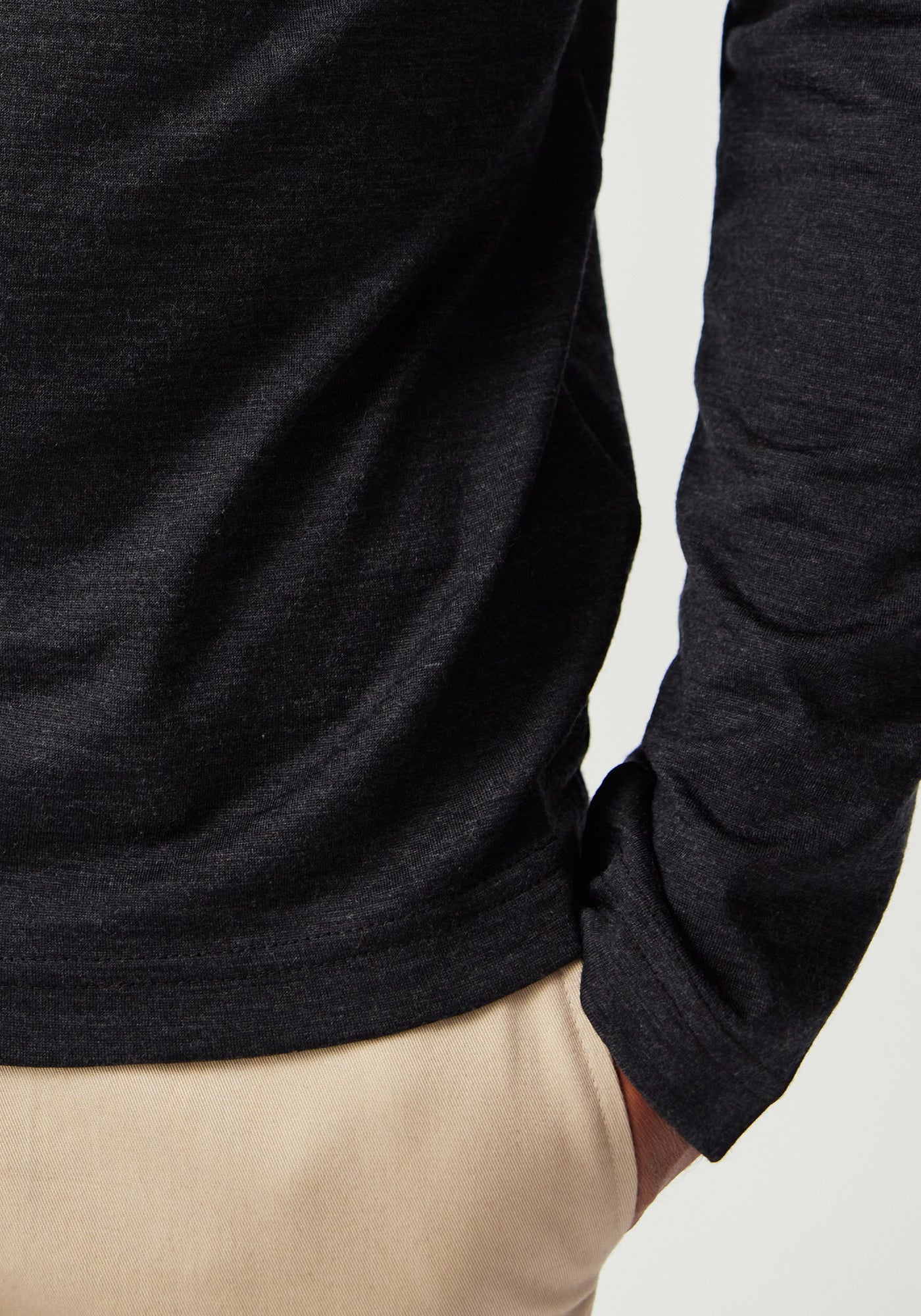Every second, the equivalent of a rubbish truckload of clothes is either burned or buried in landfill. Some of it is clothes that have been worn and discarded, some of it is a product of the global secondhand clothing trade, and some of it comes directly from brands and manufacturers.
In 2022 shocking images emerged of a pile of textile waste in the Atacama Desert in Chile. Approximately 60,000 tons of clothing had built up in the area – imported into the country to be sold on the secondhand market but dumped when they were considered unsellable. In 2023 it was confirmed the pile could be seen from space. It’s a scene repeated the world over, especially in the Global South in countries such as Kenya and Ghana.
Such an enormous, global problem is certainly daunting but rather than despairing about the magnitude of the issue at hand, the fashion community, the global community, and individual citizens must roll up their sleeves and work on preventing the problem from growing worse. Here’s where we need to start:
Brands must produce fewer clothes
It’s estimated that the fashion industry produces somewhere between 100 and 150 billion items of clothing every year. It’s hard to arrive at an exact figure as only 12% of brands disclose exactly how many items they produce annually, but we do know it’s simply too much. In a few short decades, the fashion production cycle has moved from seasonal to monthly to weekly to even daily in some cases, as fast fashion brands churn out more and more clothes, encouraging us to buy more than we need. And these clothes aren’t guaranteed a home. In fact between 15 and 45 billion garments made each year are never sold according to some estimates, so the clothes become waste before they’ve ever been worn. If you left the tap on and your house was flooding, you’d turn off the tap before mopping up. We need to do the same with fashion – stem the flow at the source by making less, then deal with the textile waste afterwards.
Consumers must buy fewer clothes
Brands – particularly global fast fashion or luxury brands - hold much of the responsibility because they ultimately call the shots as to what’s manufactured. However, consumers can nudge brands towards making less by reducing demand. If everyone bought 10% less, for instance, that would send an unmistakable message to brands that we don’t want or need what they are producing. At Untouched World, we prioritise quality over quantity, and this is a good place to start in terms of reducing your clothing consumption. Invest in fewer, higher quality pieces and skip on the fleeting trends.
Be more selective about what you donate
Because brands are making so many clothes and in turn consumers are buying so many, there’s a need to constantly clear out to make way for yet more new stuff. As a result of this, charity shops are finding themselves overwhelmed with donations. Unable to put everything out on the shelves or sell everything online, they sell it into the global secondhand clothing trade. In fact, in some cases as much as 90% of what’s donated to charity gets exported to other countries. Just as charity shops are overwhelmed, the countries that receive the exported secondhand clothes are too. Kantamanto Market in Accra, Ghana, receives 15 million items of secondhand clothing every week, while in 2021, over 900 million items of secondhand clothing were estimated to have been exported to Kenya. As much of half of what’s received is poor quality and unsellable so it ends up dumped in the local environment, embedded in the soil or along the shoreline. If we donate less in the first place, then charity shops won’t be overwhelmed and in turn countries in the Global South won’t be inundated with unsellable clothing.
Recirculate in your community
Knowing that many charity donations are exported and become a burden on other countries and the environment, we should try to recirculate clothing within our own community or country first. There are nearly endless options for doing this, whether it’s selling at a local jumble sale, regifting to friends and family, organising a community swap shop, selling via an online marketplace, or donating to local charities with call outs for specific pieces such as workwear or winter coats. By keeping clothes in our own communities, we avoid them slipping into the anonymous global system where they can easily be dumped overseas.
Brands must invest in recycling
Less than 1% of textiles are currently recycled into new fibres for clothing. It’s important to keep clothes in circulation for as long as possible but when they’re no longer wearable we must be able to recycle them. At Untouched World, we use offcuts from production to make recycled yarn for our Rubbish Socks and there are other clever innovations happening elsewhere in fashion too. For example, a company called Circ has designed a technology that can turn polycotton (a blend of polyester and cotton) back into the raw materials it’s made from and turn them into new clothes, and Teemill allows its customers to return cotton clothes from any brand and recycles them into brand new garments. It’s still early days for a lot of this technology, but the more brands invest the bigger the solutions will grow.
Make do and mend
The concept of ‘make do and mend’ is nothing new – it was a wartime slogan during clothing rationing - but it’s something we could do with embracing once again. We’re encouraged to buy new clothes for all occasions and replace old clothes instead of repairing them, but if we were to make do and mend, we’d get much more mileage out of our clothes and create less waste. Could that sock be darned? Could that hole in your sleeve be patched? Could an old dress become a matching set? Could a worn out shirt become a dress? Could a faded t-shirt be dyed a new colour? Once we ditch a throwaway mindset and get creative, our clothes have much more staying power.
Rules and regulations
There are lots of brands out there doing their utmost to treat people and planet with respect by producing fewer, higher quality pieces, reusing waste, repairing, upcycling, and more, but sadly many don’t follow suit. For those brands, rules and regulations which prohibit or reduce textile waste are necessary. It’s already happening on some levels. For instance, France banned unsold goods from being thrown away and others in the EU are looking to follow suit. Also in the EU, it’s proposed that fashion brands will have to pay to manage textile waste or collect an amount of textile waste that is equivalent to a certain percentage of their production. With specific rules in place, it would become much harder for the waste-makers to shirk their responsibility and a system for tackling textile waste from the top down could be established.
Fashion waste is a big, global problem therefore there are many far-reaching solutions. But if each of us with the capacity to enact or support just one or two of these measures does so, we can start to make a dent and create a path towards a more positive, less wasteful future.
Stats and facts
- A rubbish truckload of clothes is burned or landfilled every single second. Source
- At least 100 billion items of clothing are manufactured every year. Source
- Between 15 and 45 billion items manufactured each year are never sold. Source
- Less than 1% of textiles are recycled into new fibres for clothing. Source

















